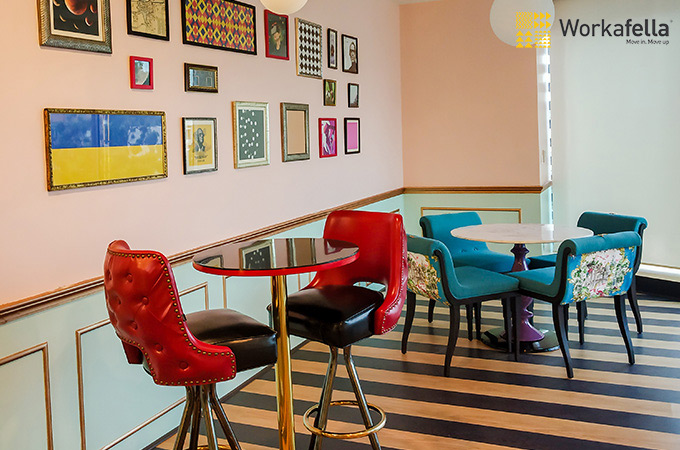The emergence of coworking spaces has brought about a major shift in the traditional real estate market. Fully furnished office spaces offer a unique work environment where individuals and companies can work in a shared space, allowing for more flexibility and collaboration. This shift in the market has led to a transformation in the way businesses operate, and how real estate is viewed and utilized.
One of the most significant ways business centers have evolved the traditional real estate market is through the concept of shared space. Traditional real estate models have focused on leasing large, isolated office spaces to companies. However, coworking spaces provide a more flexible alternative by allowing businesses to rent only the space they need while sharing social common areas such as social hubs, conference rooms, and lounges. This not only allows for cost savings but also encourages collaboration and networking among individuals and companies.
Coworking spaces have also created new opportunities for property owners. Previously, landlords would only lease entire floors or buildings to one tenant. However, Collaborative spaces allow landlords to lease smaller spaces to multiple tenants, increasing occupancy rates and revenue. Additionally, shared office spaces often have shorter lease terms, meaning that landlords can adjust their rental prices and terms more frequently to stay competitive.
Another way that has transformed the real estate market is through their focus on community. Traditional office spaces often lack a sense of community and can be isolating for employees. On the other hand, Modern office spaces foster a sense of belonging and collaboration through events, networking opportunities, and shared spaces. This community aspect has become increasingly important for businesses, particularly those in the technology and creative industries, as it allows for greater collaboration and innovation.
Moreover, the emergence of office spaces has allowed for more flexibility in the way people work. In the past, people would typically work in a traditional office environment from nine to five. However, with the rise of coworking, individuals can work in a shared space for a few hours, a day, a week, or even longer. This flexibility has allowed people to work on their own terms, encouraging more entrepreneurs and freelancers to pursue their passions.
Coworking has also had an impact on the design of office spaces. Traditionally, offices were designed with cubicles and private offices. Coworking spaces have taken a different approach by providing open-plan spaces that encourage collaboration and creativity. This shift has led to a greater focus on design and aesthetics. Spaces often incorporate art, natural light, and other features that create a more inviting and inspiring work environment.
In conclusion, Workafella’s coworking spaces have transformed the traditional real estate market by offering a more flexible, collaborative, and community-oriented approach to the workspace. They have created new opportunities for property owners, leading to a greater emphasis on sustainability and design in the workplace. As the demand for flexible workspaces continues to grow, it will be interesting to see how the traditional real estate market adapts to this new model of workspace.

